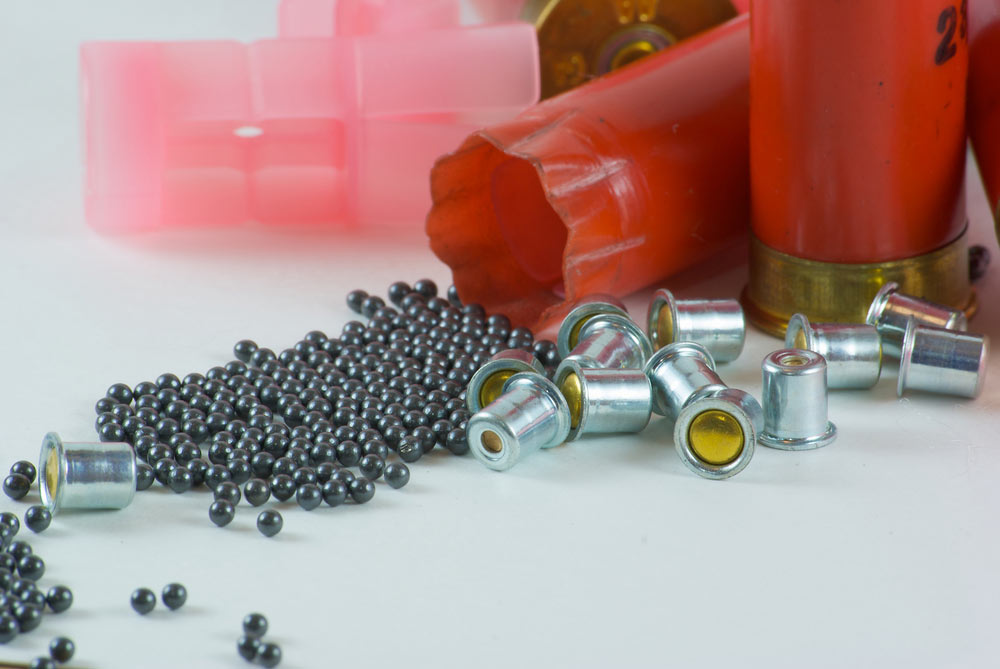At GunDigest, we independently review products. However, we may earn a commission when you purchase through links on our site. Learn More
Shotgun Shell Crimp Styles and Performance

No matter whether the hull is paper or plastic it needs to be positively crimped. And shotgun shell crimp styles play a number of roles in properly functioning ammunition.
One purpose of the crimp is to seal the end of the shell to prevent the shot from falling out and keep dirt from entering. The crimp also keeps the powder and shot properly packed for that micro-second when the primer ignites the powder and pressure begins to build.
The crimp is a patterned fold. Its design is essential for proper powder ignition and controlling the burn rate. Varying the depth of the crimp or otherwise changing a pre-established fold when you reload can quickly and surprisingly affect your shell’s pressure, so mind your crimp as you do the rest of your components and stick to the recommendations of the recipes you use.
A few years ago, two types of crimps were common, the roll crimp and the star fold.
The roll crimp dates from blackpowder days. Blackpowder was bulky, at least compared to today’s smokeless powders, so it needed all the room it could be afforded inside a shell. Everything was packed in tightly and a small over-shot card (also called a wad) topped off a roll-crimped load before the crimp was applied. The crimp, when applied, rolled the hull firmly back on itself and down to the card, thus holding the powder and shot firmly in place.
With the advent of more efficient smokeless powders, less hull length was needed to contain the powder, because less powder volume in a smokeless loading could accomplish the same or better results than did blackpowder. As a result, more hull was available for sealing the shell.
The over-shot card was dispensed with and the final quarter-inch of standardized paper or plastic shell was simply folded over toward the middle. Today’s final crimp depth is about 1/16-inch and has either a six- or eight-segment fold. Your shotshell press should accommodate crimp starts of either configuration, and you should use the right one depending on the number of folds your hull originally had.
Is there a difference between the six- and eight-segment folds? Except for the number of leaves or folds, no, but it is believed that the eight-segment fold holds a little tighter and is, therefore, a little better for the smaller shot sizes of No. 7½, 8, 8½, and 9 used in target and small-game loads.
There is a tendency for the six-fold to be used with larger shot in hunting and field loads. Also, the smaller shells in the 28-gauge and the .410-bore use a six-fold crimp, and though it seems counter-intuitive, the large shells of a 10-gauge also use a six-fold crimp.
Many experienced reloaders recommend that, when you work with a new (not previously crimped) hull, consider using a six-point fold starter rather than an eight-point, if you have a choice. The six-fold is easier to work into a fresh hull and usually realigns more easily.
Editor's Note: This post is from the book Handbook of Reloading Basics.
Next Step: Get your FREE Printable Target Pack
Enhance your shooting precision with our 62 MOA Targets, perfect for rifles and handguns. Crafted in collaboration with Storm Tactical for accuracy and versatility.
Subscribe to the Gun Digest email newsletter and get your downloadable target pack sent straight to your inbox. Stay updated with the latest firearms info in the industry.